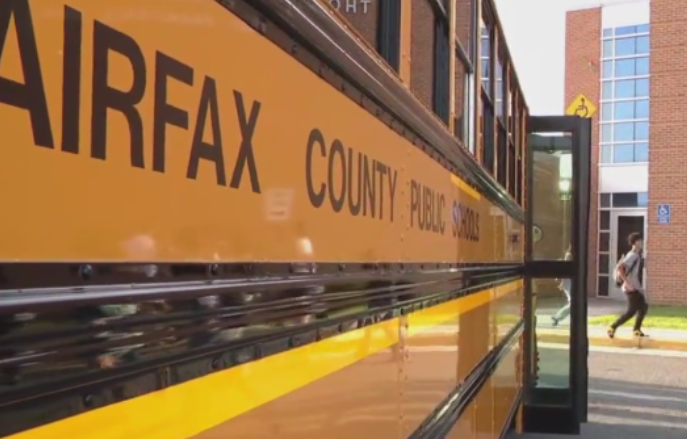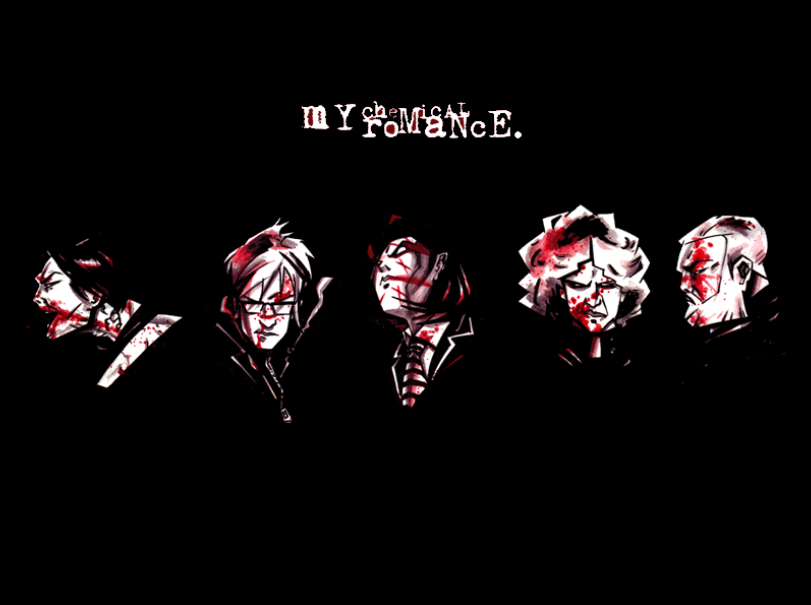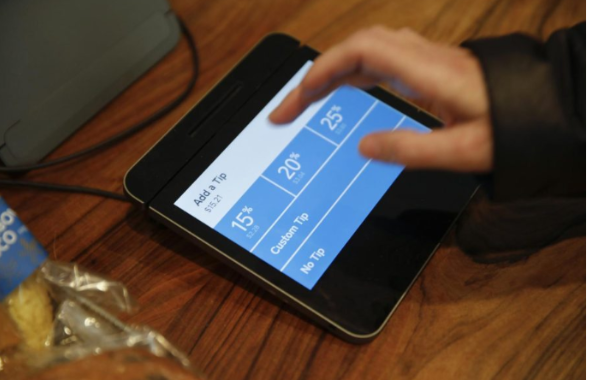Seven high schools in Fairfax County currently offer American Sign Language as a foreign language: Hayfield, West Potomac, Oakton, Chantilly, West Springfield, Westfield, and Woodson.
Why not South Lakes?
Sign language, which is derived from the European languages of French and Spanish, is used by more than fifteen million Americans, according to Gallaudet University— a college in Washington, D.C. for the deaf and hearing impaired.
Leeran Harel, who teaches deaf students at South Lakes, believes that ASL courses would be beneficial for hard of hearing students. In order to receive the Advanced Studies Diploma of Virginia, one has to take three years of a foreign language, a feat difficult for those that are hard of hearing.
“There are different types of learners and needs,” Harel said. “ASL would allow that person with auditory processing disorders to still get the Advanced Studies Diploma. Someone is teaching them English and then throwing another foreign language at them would be difficult.”
In FCPS, the curriculum for ASL mimics that of other, more common foreign languages. The courses focus on themes of communication to effectively communicate with fluent speakers and understand the culture of those who speak the language.
In addition to high school curriculums, ASL is a growing language at the college level.
“According to the Modern Language Association, ASL is the fourth frequently taught language in 4 year colleges and universities,” Gallaudet University professor Dirksen Bauman said. “This study was in 2009, so I am sure by now that ASL is the third most taught language, overtaking German, and behind Spanish and French. The popularity of ASL is rapidly increasing.”
For Virginia colleges, such as Virginia Tech, University of Virginia, and Virginia Commonwealth University, ASL would suffice to fulfill the requirement of foreign language study in college.
Since colleges and other FCPS high schools accept ASL as a foreign language, it should be a no-brainer that South Lakes offers it as well.
In addition to colleges accepting ASL as a language, there are benefits for certain types of learners, particularly visual learners.
“For those students who are less adept at auditory processing, and more adept at visual, spatial and kinesthetic learning, signed languages offer a modality that takes advantage of their cognitive orientations,” Bauman said.
Bauman, who teaches ASL literature, asserts that ASL is important for students to understand.
“The values are great— ASL, like other signed languages, is a visual and spatial language, affording the signer an immense flexibility in representing and analyzing aspects of experience,” Bauman said.
While students support the addition of sign language as a language, there is confusion regarding the foreign language requirement for the attainment of a high school diploma and admission to colleges.
In Virginia, to achieve a standard high school diploma, a student must take and pass three consecutive years of one language or two years of two languages. ASL could satisfy this requirement.
However, there is no IB course in ASL, deterring students from wanting to sign up for the class if such a class existed. Without the IB course, students could not strive for the IB Diploma because they would not satisfy the Language B requisite.
Although students may miss out on this opportunity, there are other means of taking rigorous IB courses without achieving the full diploma, such as partaking in the certificate or IBCC programs.
Senior Melissa Martinez, who was diagnosed with hearing loss in seventh grade at a health screening, thinks that the addition of a sign language course would benefit those that are not hard of hearing.
“You get to communicate one-on-one,” Martinez said.
“Learning ASL would help them communicate with us and understand our hardships.” Several students who have transferred to South Lakes took ASL at other FCPS schools.
Junior Jade Williams, who is in her first year at South Lakes, took ASL for one year at Loudoun County High School. She enjoyed the program and said the language gave her a new perspective.
“I loved taking ASL,” Williams said. “Everything about the language itself intrigued me. For example, I thought it was such a cool experience to be taught by my deaf teacher.”
Williams, who previously took Spanish for three years, wishes she was still able to take ASL, and believes that other students could benefit from learning the language.
“I learned so much about deaf culture and things about what makes you deaf,” Williams. “It gave me a new appreciation.”
The use of sign language extends far beyond the classroom and can be incorporated into multiple profitable professions, such as interpreters.
“It is practical because there are deaf people everywhere,” Bauman said. “The field of interpreting is growing rapidly and there is still a shortage.”
The addition of ASL to South Lakes’ repertoire of language course offerings would greatly enhance the world language department.
“ASL is a very poetic and beautiful language,” Harel said. “It catches people’s attention. Maybe we don’t have an immediate deaf population, but ASL can teach students to increase sensitivity and awareness around the deaf in our community.”
South Lakes’ diversity and varied culture can be evident in the student population as well as its course selection.












